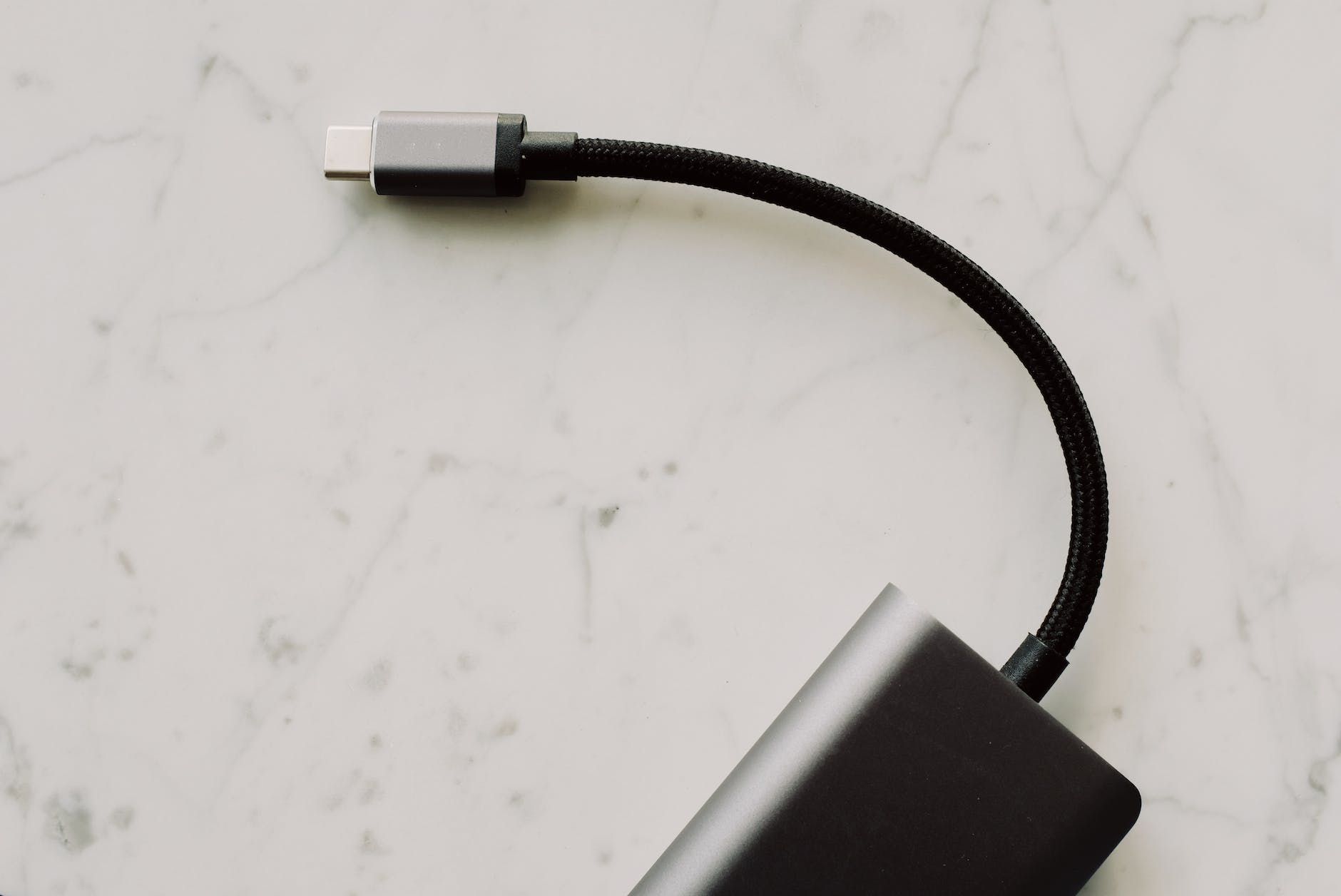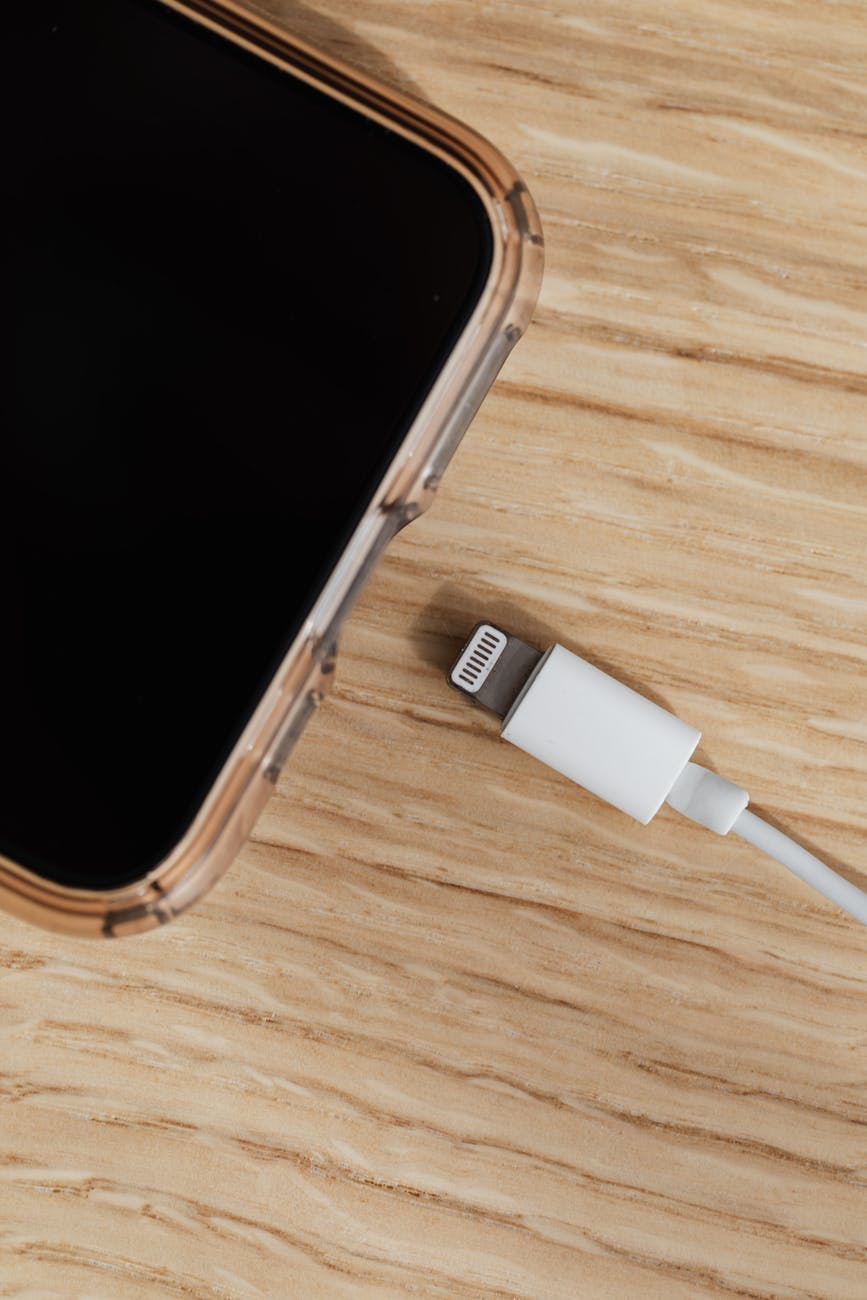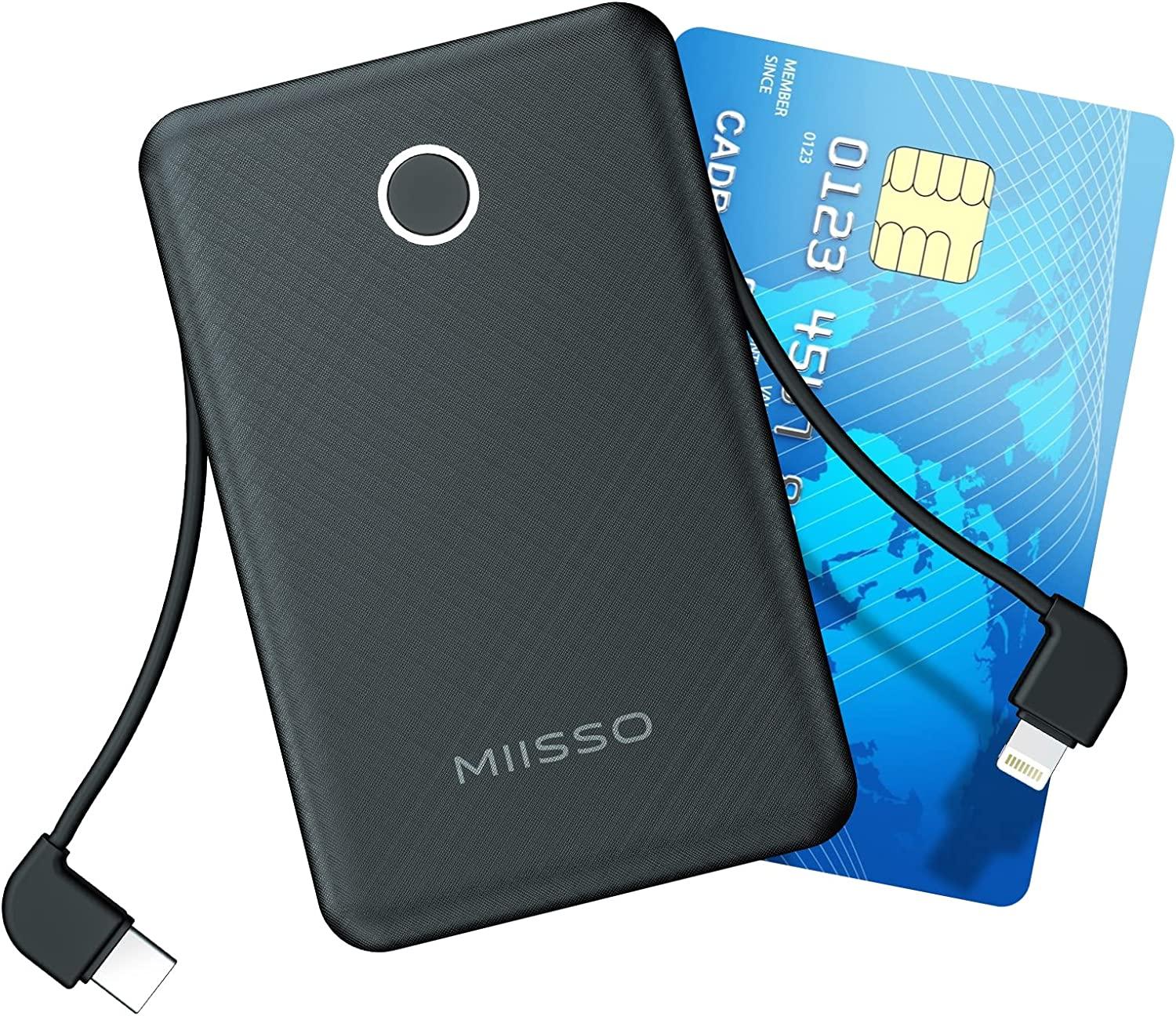Things to consider
Types of Ports & Wireless Charging
Wired
One thing that has been consistent with regard to phone ports is change! Over the last two decades, it’s been rare to see a phone or tablet company that has stuck with the same charging port for extended periods of time. There are legitimate reasons for these changes, though.
From the unique company-specific chargers of the 2000s to the dominant USB-C charging port of the 2020’s, most people understand the confusion that comes with shopping for charging related peripherals. Enter USB-C, the most recent solution to this mess. Even Apple, the last remaining holdout, has included this port in their MacBooks, iPads, and in all new iPhones beginning with the 15.

USB-C Adapter

Apple’s Lightning Port
Wireless
For people who don’t prefer to be tethered to your charger, there are now a growing number of wireless chargers, even in the portable space. Many of these new wireless chargers also take advantage of the mag function of new phones and are able to magnetically attach to the back of your phone while charging.
Charging Speed
With newer phones and more demanding tasks comes the need to charge devices in a hurry. In order to meet this demand, device owners should consider the maximum charging speed of their device and the method of charging, either wired or wireless.
As an example, many new phones have the ability to charge at a level of up to 15-20 watts. As you look for chargers, keep in mind that the charging speed of your phone and the charger must be aligned to get the fasted charge.
For example, the new iPhone 14 takes advantage of chargers up to 20 watts, while the iPhone 14 Pro tops out at 27 watts. Wireless charging speeds for the same phones top out at 15 watts. These are the numbers you should consider when purchasing a charger.
Overall Battery Size
One of the easiest components of portable batteries to understand is size. While most people don’t have a strong grasp on the milliampere hour (Mah) meaning itself, they do understand that larger Mah ratings are directly correlated to the amount of power crammed into the portable battery.
Therefore, a larger Mah battery pack will allow for more charges of your device relative to a single charge of your battery backup.
Recommended Chargers
| Wired Chargers | This will charge a new iPhone 4-5 times. It requires a charging cable for your phone or tablet. | Anker’s wired large 20,000 mAh charger |  |
| Wireless Chargers | Wireless chargers tend to be more expensive due to the technology. This charger is 10,000 mAh, half of the size of the first charger. It allows wireless charging at 10W and wired charging at 18W, plenty for any modern phone. The magnetic portion of this charger will stick to your newer phone while charging. | Anker’s 10,000 mAh wireless charger |  |
| Solar Chargers | Most solar chargers are larger in size. However, this charger also has 42,800 capacity. Keep in mind that while your phone will charge quickly, recharging by solar can take much more time. This charger will also charge via wall outlet. | Large solar charger with built-in flashlight |  |
| Other types | Numerous other designs exist for external portable charges. Just keep in mind that you should focus on the port or wireless and the mAh size of the charger. | Smaller 6,000 mAh charger |  |


You must be logged in to post a comment.